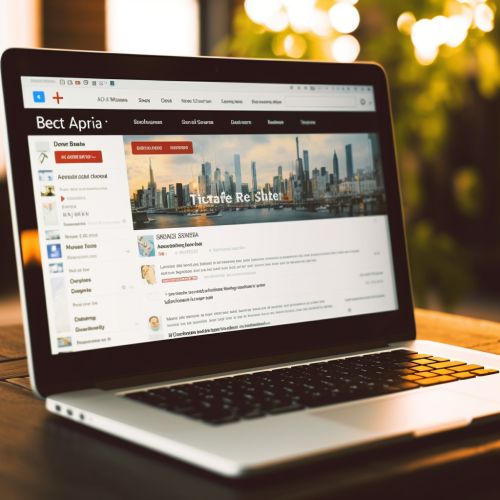Pay-Per-Click Advertising
Overview
Pay-per-click (PPC) advertising is a model of internet marketing in which advertisers pay a fee each time one of their ads is clicked. Essentially, it's a way of buying visits to your site, rather than attempting to "earn" those visits organically. PPC advertising is a form of online advertising where the advertiser only pays if a user actually clicks on their ad.
History
The concept of PPC advertising was first introduced in 1996 by Planet Oasis, a directory website. However, it wasn't until October 2000 that the first major PPC service, Google AdWords (now known as Google Ads), was launched. This platform allowed advertisers to create text ads for placement on the Google search engine results page.
How It Works
In a PPC campaign, the advertiser places a bid on certain keywords or phrases. When a user searches for that keyword on a search engine like Google or Bing, the search engine's algorithms decide which ads to display based on the relevance of the keyword and the amount bid. If the user then clicks on the ad, the advertiser pays the cost they bid for that click.
Types of PPC Advertising
There are several types of PPC advertising, including search advertising, display advertising, social media advertising, remarketing, sequential remarketing, and Google Shopping.
Search Advertising
Search advertising is the most common form of PPC advertising. It involves bidding on keyword phrases relevant to the advertiser's target market. The ads appear on the search engine's results page when users search for those keywords.
Display Advertising
Display advertising involves placing banner ads on websites that are part of the search engine's network. These ads can be targeted to certain demographics or behavioral traits.
Social Media Advertising
Social media advertising involves placing ads on social media platforms like Facebook and LinkedIn. These ads can be targeted based on the user's profile information and behavior on the platform.
Remarketing
Remarketing involves showing ads to users who have previously visited the advertiser's website. This can be a powerful way to re-engage users who showed an interest in the advertiser's products or services.
Sequential Remarketing
Sequential remarketing involves showing different ads to a user based on their previous interactions with the advertiser's website or ads.
Google Shopping
Google Shopping involves placing product ads on the Google search results page. These ads include a product image, price, and merchant name.
Benefits of PPC Advertising
PPC advertising offers several benefits, including immediate visibility, control over budget and scheduling, detailed analytics, and the ability to target ads to specific demographics or behaviors.
Challenges of PPC Advertising
Despite its benefits, PPC advertising also presents several challenges, including the potential for click fraud, the need for ongoing optimization, and the complexity of managing bids and keywords.
Future of PPC Advertising
The future of PPC advertising is likely to be shaped by advances in artificial intelligence and machine learning, which could automate much of the process of managing PPC campaigns and improve the effectiveness of ad targeting.
See Also


